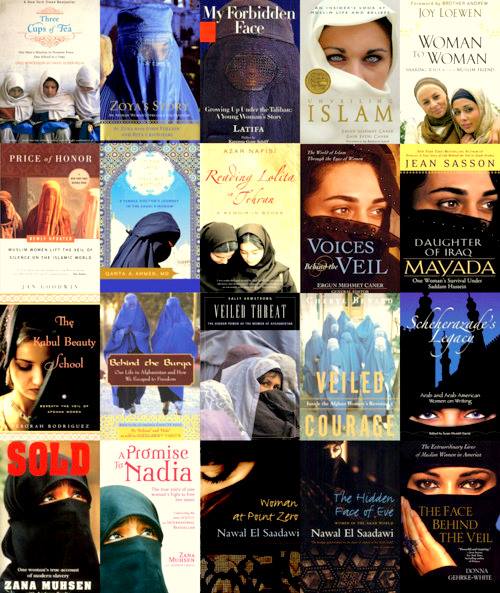this is an incredibly important event both for free speech and palestinian solidarity. hope u can join us!
…
“Digital Means, Political Ends, and Academic Freedom in the New Gilded Age: A Conversation With Steven Salaita”
Steven Salaita received his PhD in 2003 in Native American Studies at the University of Oklahoma. In the decade since, he published six books on topics ranging from Arab literature, to Anti-Arab racism in the United States, to the politics of Israel and Palestine. As a scholar, Salaita is not the sort to remain cloistered within the ivory tower. He is an activist. A Palestinian-American by heritage and identification, Salaita has been active in efforts to mobilize scholars to fight for justice for Palestinians.
In August, when Dr. Salaita was poised to begin a tenured professorship in the American Indian Studies Program at the University of Illinois at Urbana-Champaign, he was preemptively fired. His apparent offense? A series of provocative tweets that he authored during the then still ongoing war in Gaza.
Across the humanities and social sciences, faculty was outraged. Over 5,000 scholars from a range of disciplines and at various levels of professional advancement signed petitions pledging to boycott the University of Illinois until the situation had been rectified. Regardless, on September 11th, by an 8-1 vote, the University of Illinois’ Board of Trustees rejected Salaita’s appointment.
Both for scholars seeking to change the world and for scholars concerned merely with keeping their jobs, the Salaita affair is a parable for the academy in these trying times. The questions it raises are many: how might scholars with political commitments best advocate and organize? What opportunities and perils do digital media present? Does what one writes on social media belong to one’s private life or does it become part of one’s scholarly portfolio? What sorts of speech does the principle of academic freedom protect? What speech is exempt? Or, maybe, whose speech is exempt? And perhaps most crucially, in an era of the academic precariat, weakened public sector institutions, and hyper-empowered economic elites, just how sacred a principle does academic freedom remain?
On October 30th, come to the University of Rochester to see Professor Salaita discuss these issues and more. Framing commentary will be offered by Ted Brown and Tom Gibson of the University of Rochester, and Lisa Cerami of Nazareth College.
This event is generously cosponsored by the following departments, programs, and institutes at the University of Rochester: American Studies, Anthropology, Art and Art History, English, Film and Media Studies, The Frederick Douglass Institute for African and African American Studies, History, The Humanities Project, Philosophy, Religion and Classics, The Susan B. Anthony Institute for Gender and Women’s Studies, and Visual and Cultural Studies.





